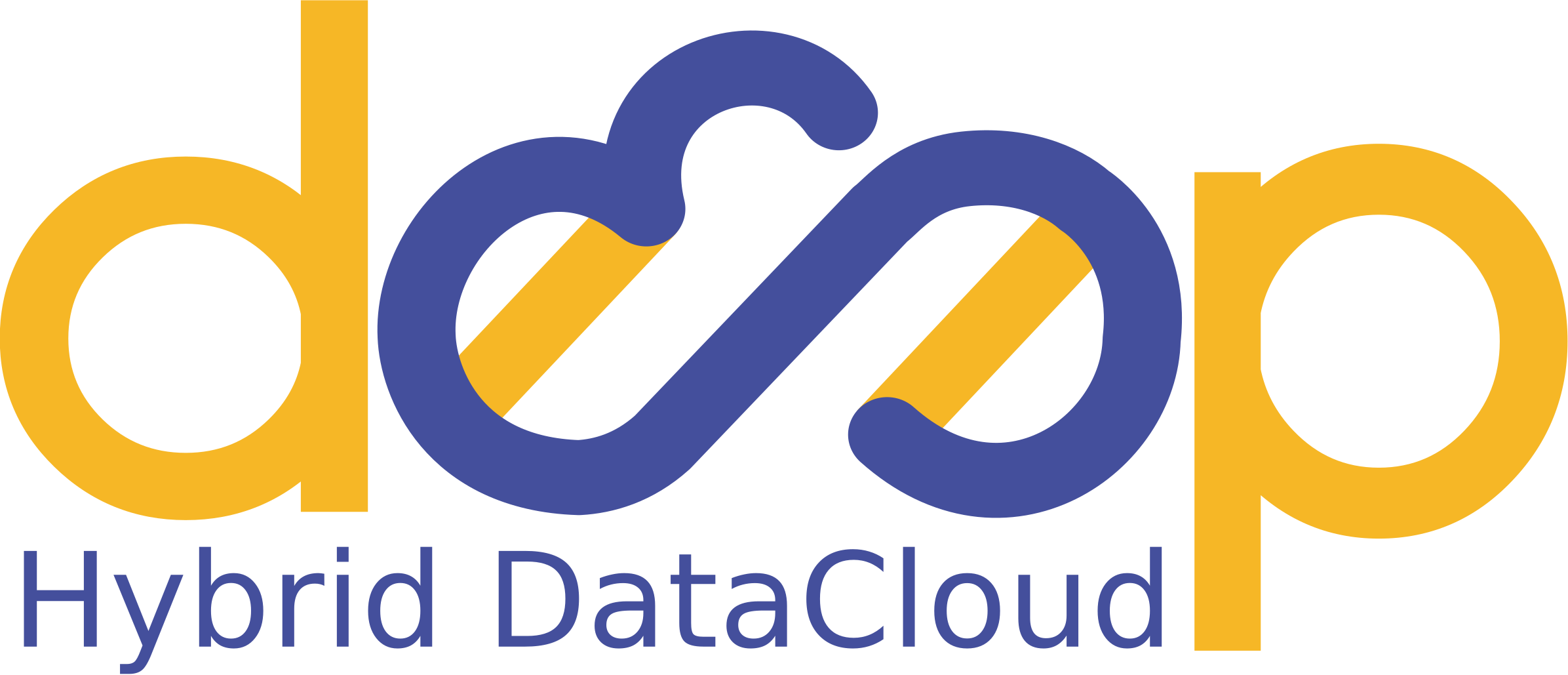This is a container that will run the DEEP as a Service API component. From the DEEPaas API the user can choose the model to train or to predict, together with the basic input parameters.
To run the Docker container directly from Docker Hub and start using the API simply run the following command:
$ docker run -ti -p 5000:5000 -p 6006:6006 -p 8888:8888 deephdc/deep-oc-image-classification-tf-dicomThis command will pull the Docker container from the Docker Hub
deephdc organization.
If you want to build the container directly in your machine (because you want
to modify the Dockerfile for instance) follow the following instructions:
Building the container:
-
Get the
DEEP-OC-image-classification-tf-dicomrepository (this repo):$ git clone https://github.com/deephdc/DEEP-OC-image-classification-tf-dicom
-
Build the container:
$ cd DEEP-OC-image-classification-tf-dicom $ docker build -t deephdc/deep-oc-image-classification-tf-dicom .
-
Run the container:
$ docker run -ti -p 5000:5000 -p 6006:6006 -p 8888:8888 deephdc/deep-oc-image-classification-tf-dicom
You can also run Jupyter Lab inside the container:
$ docker run -ti -p 5000:5000 -p 6006:6006 -p 8888:8888 deephdc/deep-oc-image-classification-tf-dicom /bin/bash $root@47a6604ef008:/srv# jupyter lab --allow-root
These three steps will download the repository from GitHub and will build the
Docker container locally on your machine. You can inspect and modify the
Dockerfile in order to check what is going on. For instance, you can pass the
--debug=True flag to the deepaas-run command, in order to enable the debug
mode.
Once the container is up and running, browse to http://localhost:5000/ui to get
the OpenAPI (Swagger) documentation page. If you are
training on your dataset, you can monitor the training progress in Tensorboard
connecting to http://localhost:6006.
